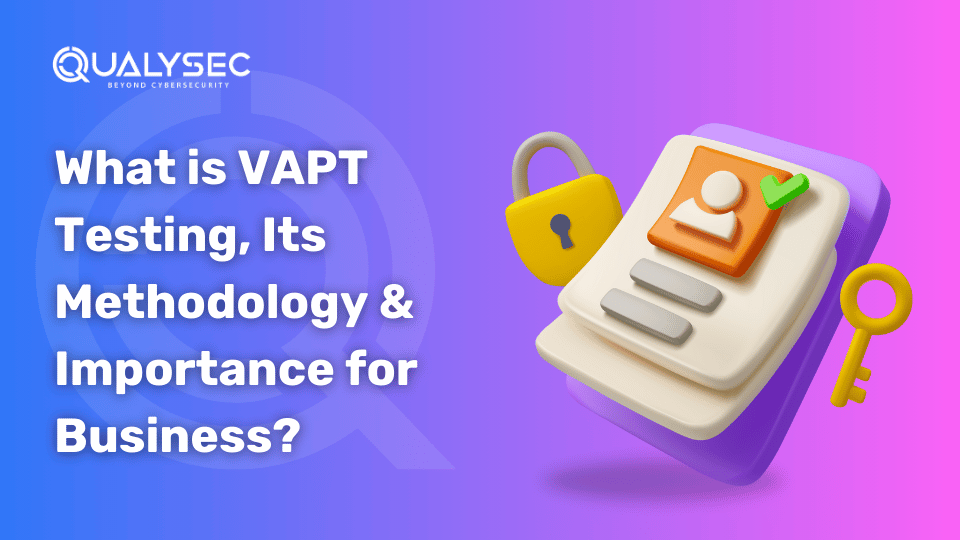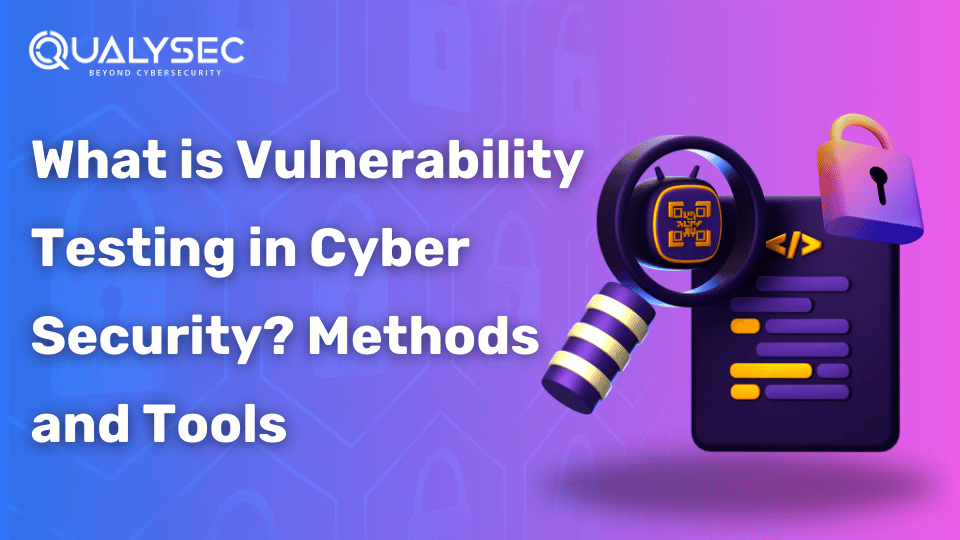Top 20 VAPT Testing Companies in India 2025
With cyberattacks expected to increase by 90% in Q2 2022, the need for effective cybersecurity measures is non-negotiable. Vulnerability Assessment and Penetration Testing (VAPT) have evolved into a line of defense against a cyber-attack. This dynamic market has given rise to a slew of top-tier “VAPT testing companies in India,” each with the competence to protect organizations from the onslaught of cyber-attacks. Let’s take a look at the cybersecurity titans who are defining India’s digital defensive frontier. What is VAPT? Vulnerability Assessment and Penetration Testing (VAPT) is a type of security testing businesses use to uncover security flaws in an application, network, endpoint, or cloud. Furthermore, a VAPT security audit intends to assess a system’s overall security by undertaking an in-depth security study of its many components. Vulnerability Assessment and Penetration Testing have specific advantages and are commonly used to complete a study. A vulnerability assessment checks digital assets and alerts firms to weaknesses, whereas a penetration test exploits system vulnerability and identifies security holes. Why Should Businesses Go Through the VAPT? When it comes to system security, VAPT provides several advantages to the organization, including: It will provide you with a thorough examination of your application. It will assist you in comprehending flaws or faults that might lead to big cyber assaults. VAPT provides a more complete picture of the hazards to your network or application. It assists businesses in protecting their data and systems against hostile assaults. VAPT helps to meet compliance criteria. It protects your firm from data loss and unauthorized access. It will assist you in securing your data from both external and internal dangers. How Much Does a VAPT Cost in India? The cost of VAPT varies depending on the services, scope, certifications, etc. There is no such thing as a fixed price. However, you can expect a regular VAPT cost in India between Rs. 20,000 and Rs. 3,500,000. It is nevertheless suggested that you contact the security company and confirm that the rate meets your needs. If it isn’t, you may always request a customized estimate from the service. 20 Leading “VAPT Testing Companies in India” 1. QualySec Technologies QualySec Technologies is an unrivaled defender of enterprises traversing the risky digital environment. It is a beacon of confidence in penetration testing and vulnerability assessment with a proven track record of protecting varied sectors. Their highly qualified security specialists assist enterprises in identifying application vulnerabilities, assessing risks, and implementing robust security solutions to protect vital assets and data. The company is well-known for its knowledge of online application security, mobile application security, cloud security, and API security. QualySec is distinguished from other VAPT testing companies in India because of its technological expertise and constant commitment to client pleasure. The company doesn’t just fix vulnerabilities; they tailor solutions at affordable VAPT cost in India to the specific demands of each customer. As cyber-attacks become more sophisticated and frequent, safeguarding your goods and services has become a strategic need. QualySec Technologies collaborates with organizations to reinforce their digital foundations, ensuring security and a robust, proactive defense against an ever-changing spectrum of cyber threats. Choose QualySec and enter a future where cybersecurity innovators protect your digital assets. Talk to our Cybersecurity Expert to discuss your specific needs and how we can help your business. Schedule a Call 2. Deloitte A worldwide professional services organization, Deloitte specializes in VAPT by drawing on its substantial risk management knowledge. Deloitte’s cybersecurity professionals use cutting-edge approaches to detect and remediate vulnerabilities in corporate systems. 3. KPMG An established audit and consultancy organization that provides robust VAPT solutions to firms looking to strengthen their cybersecurity defense. The team conducts detailed evaluations, identifying possible vulnerabilities and making strategic risk management and compliance suggestions. 4. HCL A well-known IT services provider that excels at providing complete VAPT solutions to enterprises. HCL’s cybersecurity team conducts extensive evaluations to detect and mitigate vulnerabilities, emphasizing proactive risk management. Firms can stay resilient to cyber-attacks with their services, which match security requirements. 5. Quick Heal Quick Heal, a renowned “vulnerability assessment company,” offers VAPT services to assist organizations in identifying and addressing vulnerabilities in their digital environment. Quick Heal’s specialists conduct in-depth evaluations emphasizing threat intelligence and proactive defensive techniques, providing organizations with actionable information to boost their cybersecurity posture. 6. Qualys Qualys, a cloud-based security and compliance solutions supplier, provides superior VAPT services to enterprises worldwide. Qualys’ revolutionary cloud platform offers continuous vulnerability monitoring and evaluation, assisting enterprises in quickly identifying and mitigating security problems. 7. Cyber Security Works A specialist cybersecurity organization that focuses on providing businesses with bespoke VAPT services. Their professionals undertake extensive evaluations to detect weaknesses and potential entry points for attackers, with a great awareness of changing cyber threats. They help organizations reduce the risk of cyber incidents through careful penetration testing. 8. TCS TCS, a worldwide IT services and consulting giant, specializes in VAPT to assist organizations in protecting their digital assets. Their cybersecurity professionals identify vulnerabilities, run penetration tests, and deliver actionable insights using cutting-edge technologies and processes. They help firms create robust cybersecurity plans and ensure their integrity. 9. Wipro Wipro, a worldwide IT consulting and services firm, offers cutting-edge VAPT services to protect enterprises from cyber threats. Wipro performs comprehensive assessments to detect vulnerabilities and provides specific solutions using a combination of modern technology and qualified cybersecurity personnel. 10. K7 Computing K7 Computing is a “vulnerability assessment company” offering robust solutions for organizations seeking complete protection against cyber threats. Their professionals undertake complete evaluations, including penetration testing, to strengthen firms against future cyber assaults, taking a proactive approach to cybersecurity. 11. PwC This global leader in professional services provides a comprehensive range of cybersecurity services, including VAPT, to assist organizations in securely navigating the intricacies of the digital realm. PwC aids organizations in improving their cybersecurity posture through comprehensive penetration testing and strategic suggestions. 12. EY Ernst & Young is a multinational professional services organization that offers various services, including VAPT. They have a significant presence in India






